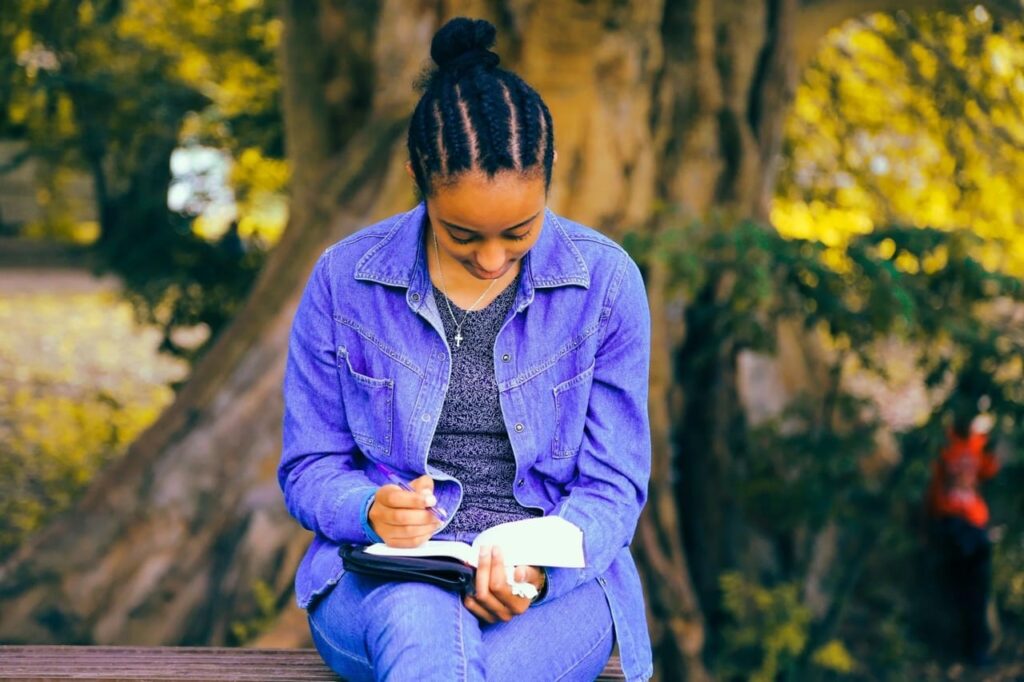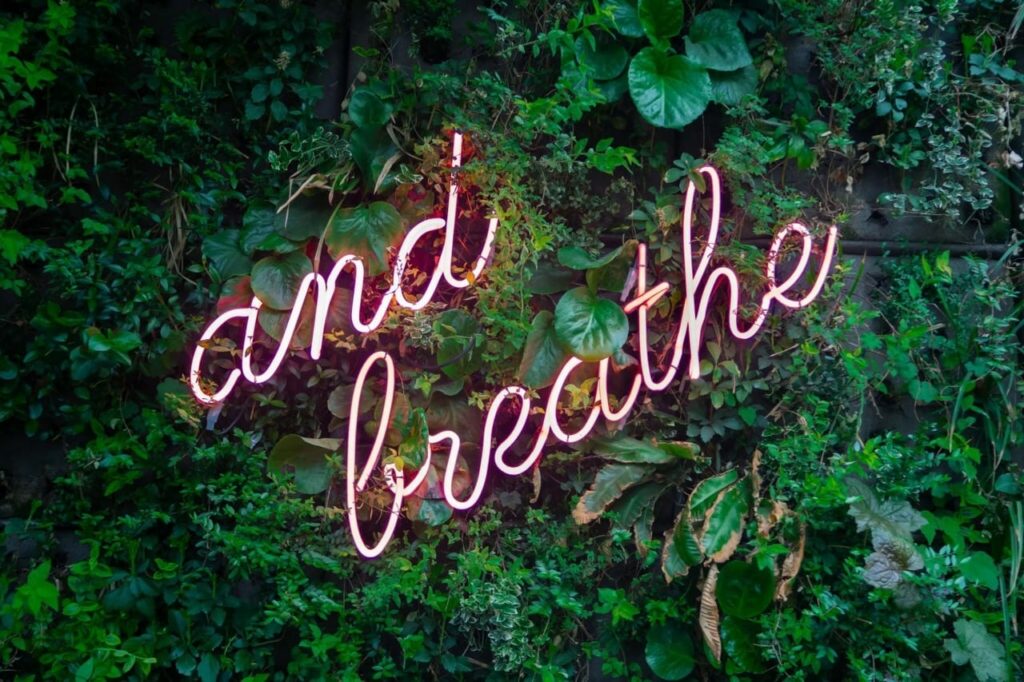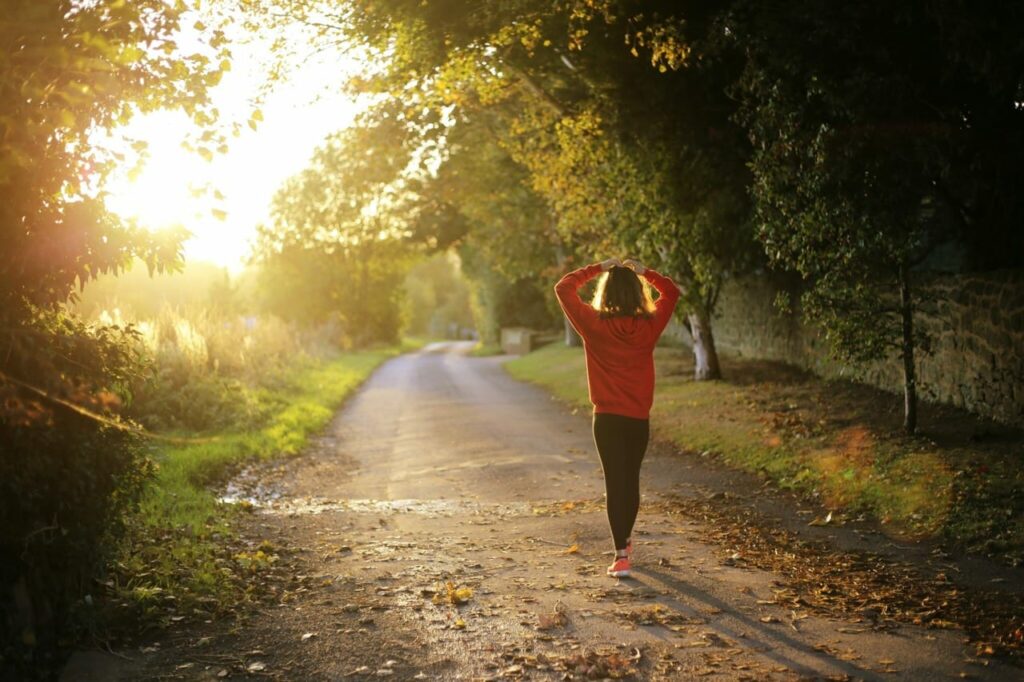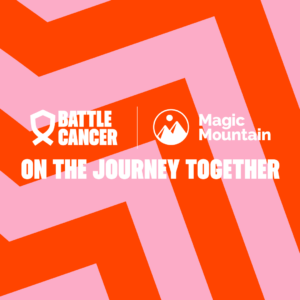This healthy habits post is by our Mountain Guide and expert heath and fitness coach, James Eagle.
Out with the old…
Getting started with health and fitness may feel like a daunting task. It’s actually surprisingly easy once you create healthy habits!
As a health and fitness coach, the first thing I share with my clients is how to build healthy habits. It’s literally the most important part.
Throughout our time together, I’ll teach them everything they need to know to get into shape and optimise their health.
This would all be a waste of time without first learning the basics of creating, and sticking to, impactful habits.
The first step is to understand, and get rid of, your unhealthy habits!
This blog is in two parts. The first part, which you are reading now, is dedicated to understanding our bad habits, how we got them and how we can break them.
The second part will be dedicated to creating new healthy habits, along with a list of potentially beneficial habits that you might like to adopt.
The importance of self-awareness and reflection
Most of us spend most of our lives on autopilot and our habits are so ingrained in our subconscious that we rarely know we are performing them.
How many times have you been on your phone, and ten minutes later, you’re scrolling social media thinking, why did I even pick up my phone?
This is where the importance of self-awareness and reflection come into play.
It can be a valuable strategy to write down a list of our bad habits. Not only does this shine the spotlight on some habits we may not have realised were a problem, but it gives us the opportunity to see them laid out in front of us and helps us to decide which one we would like to tackle first.

What causes bad habits?
Two things cause most of our bad habits:
#1 Stress
#2 Boredom
Most of the time, bad habits are simply a way of dealing with either stress/and or boredom. Here are some examples of the most common bad habits that we should think about exchanging for good ones:
- Smoking
- Procrastinating on the Internet
- Eating junk food
- Drinking alcohol
- Constantly reaching for your phone
- Watching TV or playing video games
- Mindlessly shopping (retail therapy)
We can teach ourselves new healthy ways to deal with stress/and or boredom. Sometimes the bad habits are caused by deeper issues. These issues can be tough to think about, but we have to be honest with ourselves about where we are if we’re serious about change.
There may be certain deep beliefs or reasons behind our bad habits that cause us to revert to these destructive habits. These habits have formed as coping mechanisms, and they stick around because we don’t have better coping methods.
But what if we replaced them with healthier ways of coping? How would our lives look then?

Don’t rid, replace
Every habit we have right now, good or bad, is there for a reason. In some way, these habits provide a benefit to us, even the bad ones. They may be systemically terrible, but acutely they provide a service, even if it is simply a change in state.
Sometimes the benefit is biological, like smoking or drinking alcohol. Sometimes it is emotional, like keeping relationships that are bad for us. And in many cases, our bad habits are a way to cope with stress.
Because bad habits provide some benefit in our life, it’s challenging to simply eliminate them. This is why simplistic advice like “just stop doing it” rarely works.
There are many methods used to break and create new habits, for example, adding post-it notes to the fridge to deter you from opening it and grabbing a snack. This strategy is ok in the short term but doesn’t cause a change in the long term.
Because eventually, you become desensitised to the prompt.
Instead, you need to replace a bad habit with a new habit. The best way to do this is to leverage where the habit begins – in the brain.
The brilliant neuroscientist Andrew Huberman says that the best time to create a new habit is immediately after the bad habit has been exited.
We can utilise the neurons that have been firing during the closed-loop of our bad habit to then break the loop and create a new open loop ready for our new habit.
We are essentially engaging new neural circuits to help dismantle the old neural circuits that are associated with the bad habit.
This is why we must replace the habit instead of trying to simply get rid of it.
There is no correct replacement habit, or a ‘one size fits all’ approach here, but the habits we form should lead to healthier results. Imagine where your health and wellbeing would be if, instead of reverting to your current bad habits, you switched them out for some of these:
- Deep breathing exercises
- Learning to enjoy being alone, instead of browsing the internet
- Eating a healthy snack
- Taking a daily walk and enjoying nature
- Taking up yoga/meditation
- Playing with your kids/friends
- Dealing with finances, clutter and paperwork instead of letting it pile up
These are some great examples. Each healthy habit will help us cope with, or prevent, stress or boredom. If we replace the bad habits with these healthier habits, our lives will become less stressful, happier and healthier. We’ll have less debt, less clutter, less fat and less disease.
For example…
A strategy I use to stop myself procrastinating when I feel stressed is to replace my temptation to procrastinate with deep breathing drills.
This often happens when I’m at the computer juggling too many tasks at once. My bad habit will be to distract myself from the stress by consuming something utterly irrelevant from the task at hand.
I’ve managed to combat this by breaking the circuit. The minute I realise what I’m doing, I instead try some deep breathing drills.
The deep breathing drills calm my nervous system and bring me back to focus on the task at hand, preventing many minutes of wasted time.
You can read more about how breathing is our secret weapon here.

It’s a process
Our coping mechanisms or bad habits didn’t occur overnight, and they won’t change overnight either. They’ve built up over years of repetition, and the only way to change them is via perseverance and repetition too.
The first step in changing a habit is the awareness that it exists. We can then understand:
- When does this habit occur?
- Where are we when it happens?
- Who are we with?
- What triggers the behaviour that causes it to start?
Tracking these issues can simply make us more aware of our unhealthy behaviours and give us ideas to prevent them from happening.
Initially, the goal isn’t to judge ourselves or feel guilty about the habit but merely to acknowledge the pattern and accept where we are. Acknowledging the habit gives us a sense of control, and this is where we can then take action.
Once we have understood the events, actions or feelings that lead to the habit, we can interrupt the bad habit with a good habit.
Sometimes it’s even enough to simply catch the bad habit and course-correct ourselves back to the productive work we were doing.
Trading bad habits for good habits takes time, effort and perseverance, but if we continuously develop as people and realise how badly our habits have served us up to this point, then it will be easier to let go of old habits and develop the habits of the person you want to become.
Act like the person you want to become.
Tune in next week to see how we can start creating our new, healthy habits!
We’ll see you on the mountain!
PS. Looking to learn more about how we work with corporates, charities, gyms, PTs and wellness partners to help get everyone moving and building healthy habits that last? Check out our website or reach out to Adam, our Head of Engagement. He loves a chat!




